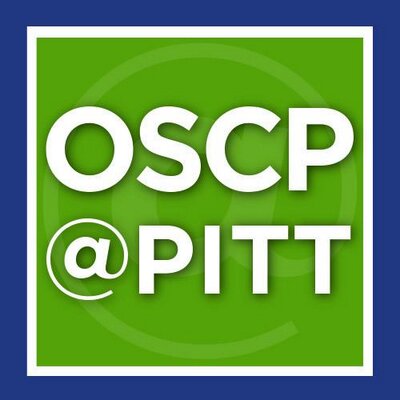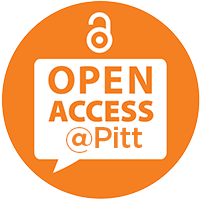Experiential Learning through Undergraduate Research on a Roadway Energy Harvesting Design (WIP) ASEE NCSMartin, Sabrina and Kerzmann, Tony Experiential Learning through Undergraduate Research on a Roadway Energy Harvesting Design (WIP) ASEE NCS. In: 2021 ASEE North Central Section Conference, 19 March 2021 - 20 March 2021.
Share
Details
MetricsMonthly Views for the past 3 yearsPlum AnalyticsAltmetric.comActions (login required)
|








